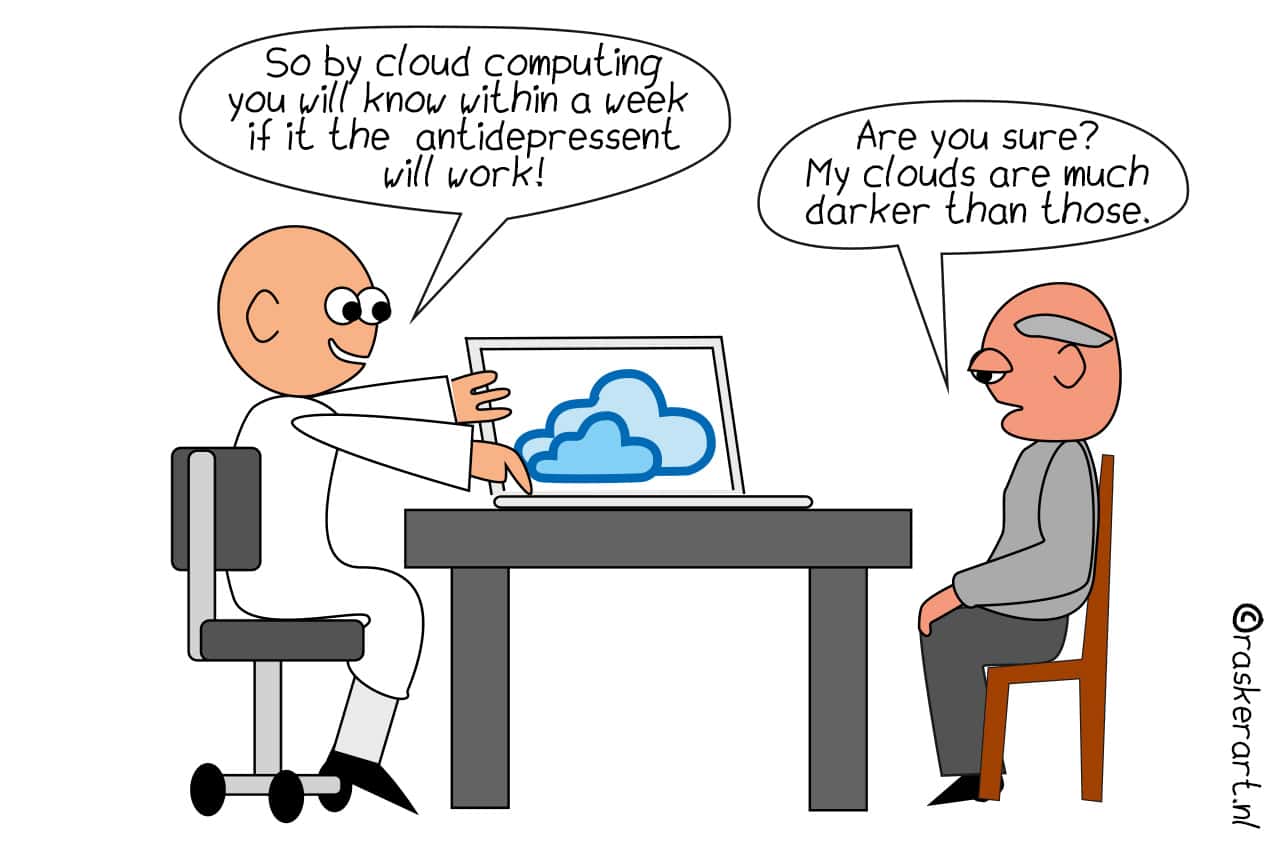
Not too long ago, there was a time when the new strain of coronavirus was still not understood properly, leading to global panic and millions of people getting infected within months. Fast forward a few months and we have only just started to accept it as a part of our regular lives. While that acceptance has only resulted in further spreading of the pandemic, it was inevitable, given that the lockdowns were unsustainable in the long run. In the middle of this worldwide pandemic and economic downturns everywhere, education in its entirety would have been lost for an uncertain amount of time, had it not been for the presence of digital mediums.
Digital Schooling Became the Norm for Children
Throughout the better part of 2020 and even in 2021, the digitization of schools had to be adopted universally. This was done in order to prevent children from both spreading the disease, as well as for saving them from getting infected at school. While the same mediums were already being used quite extensively for higher and professional education, this was the first time that every grade school had to rely on technology so extensively just to keep the classes accessible to everyone.
Over time, teachers, students, and parents have started to better utilize the medium. Multiple schools have already started shifting to more robust digital school platforms and curriculums, rather than making do with temporary measures. It is expected that in the coming months, more schools will consider online education as a more permanent solution than what was believed earlier.
An Online Master’s in Business Management: The Go-to Programme for Executives
Pursuing online Masters’ degree courses in business management has gained quite a bit of popularity lately, while the demand for pursuing similar degrees offline has not. This was to be expected though since all traditional universities had to close campus indefinitely for a long time in 2020, so as to maintain the necessary social distancing measures and lockdown rules.
At the same time, executives were looking to create a more secure educational background for themselves for a variety of reasons such as:
- Gaining a better foothold in a job market that had reached alarming unemployment rates in a matter of weeks
- Making better use of their spare time, since even the business executives in multiple fields had more than enough time to spare during the lockdowns
- Preparing to seize the opportunities and higher positions as soon as the economy was reopened
- Equipping themselves with the necessary skills to lead both during and after the crisis
Not much has changed since then, as most universities are still not operating at full capacity, while others have shifted their schedules largely to digital mediums. The unsustainable quarantine rules had to be slackened, but the slack has done nothing to abate the viral disease itself. An accredited, updated, and adequately suited Masters in Business Management online program such as the one provided by Aston University still remains among the safest and the best options for professionals working within the corporate ranks if they wish to pursue a better and more secured career. In the absence of such digital programs and the surrounding technology that makes it all possible, professional education would have likely ceased to function indefinitely as well.
Availability, Accessibility, and Usability of Technology in Education
But here we are, thanks to technology. There are three steps that any new piece of education tech must go through successfully before it can be useful for the general/target population. These are:
- Availability: It must at first be created, tested, and proven as capable
- Accessibility: It must be priced and designed in such a way so as to be accessible for the most likely users
- Usability: It must be useable in various practical scenarios, to produce effective results
It took decades for digital education to reach the stage where it could meet all three criteria. Thankfully, digital mediums that make online education possible today had reached that stage years before the pandemic.
Defining the Digital Mediums: Tech that Made Online Education a Viable Solution
Digital education is not just reliant on any one or two innovations, but rather a combination of multiple. For example, desktops and laptops are no longer the only hardware mediums for students to study with since modern smartphones and tablets have almost closed the gap between themselves and traditional computers. Nearly everyone owns a smartphone these days, which means that even if a student does not have access to a computer, they can still continue studying via their phone. All modern smartphones support keyboard and mouse attachments as well, while the screen can easily be attached to the TV for better viewing when required.
Using a phone may not always be the most convenient option of course, but smartphones still present a more affordable option to students who might not be able to afford a new laptop right away or may have lost access to their laptop temporarily. Other than that, modern phones also add a mobility factor to digital education, making your courses and programs available at all times, even when you are on the move.
Other than the computers, smartphones, and tablets themselves, cloud computing, sharing platforms, messengers, dedicated applications, educational software platforms, webcams/front cams, and of course, high-speed internet connections are just some of the many tools that work together in seamless harmony to make digital education a practical option today. The technological wonders did not just manage to save education in 2020 but also changed our perceptions about education itself.
There are new strains of the coronavirus being observed and reported from various sections of the globe every day, and nobody is sure whether the upcoming vaccines will be effective against them all or not. Therefore, to prevent the spread of covid as much as possible, safety precautions must be implemented at a personal level. This is precisely why digital technology saved education as a whole in 2020, and it will continue to do so for the foreseeable future.








